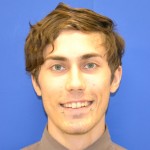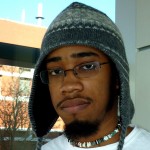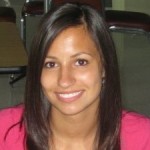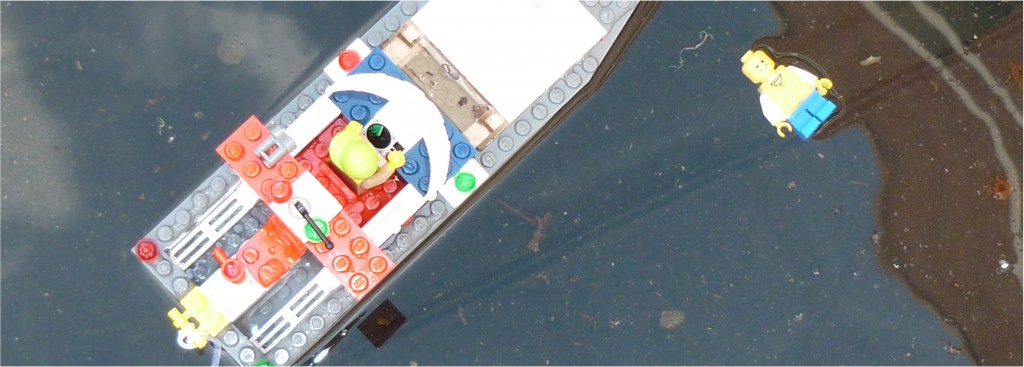
UMBC’s legendary chess team tied for second place last Sunday in the 2012 President’s Cup in Herndon, Virginia. UMBC tied with the University of Texas-Dallas with a final score of 7.5 points. Both schools were bypassed for first place by Texas Tech University with a mere ½ point lead.
Started by CSEE professor Dr. Alan Sherman in the early 90’s, UMBC’s chess team has gained a reputation that rivals that of many Ivy League schools. Since its inception, the team has won or tied for first nine times at the Pan American Intercollegiate Team Chess Championship (Pan-Am) and six times at the President’s Cup.
When Dr. Sherman started the chess program, he never dreamed that its success would become such an iconic part of UMBC's idenitity. “Eventually, I realized that I was the right person, at the right place, at the right time, to make some significant contributions to college chess, while helping students, the community, and UMBC along the way,” writes Sherman on his website where he chronicles the history of chess at UMBC.
Sherman began by recruiting students with strong backgrounds in chess. Then, in 1994, he convinced Igor Epshteyn, a former coach of the Olympic Reserve Team, to coach at UMBC. From then on, the program continued to gain momentum.
Now, like any other college sport, the program offers prestigious scholarships for its members. The current team members, made up of Grand Master Leonid Kritz, Grand Master Giorgi Margvelashvili, International Master Sasha Kaplan, and Woman Grand Master Sabina Foisor, are all attending the university on chess scholarships.
In a Baltimore Sun article, Dr. Sherman commented on the team's performance last weekend:
"It was an extremely close event, and it could have gone to either of the top teams," Alan T. Sherman, director of UMBC's Chess program, said after the President's Cup. "The team is overall happy with its performance."
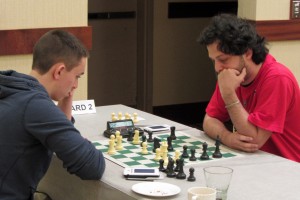
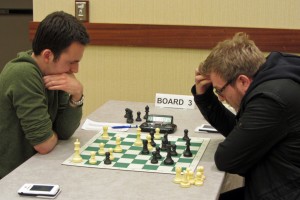
Left: Grand Master Giorgi Margvelashvili (right)–a Sophomore majoring in Financial Economics– competes in the President's Cup last Sunday.
Right: International Master Sasha Kaplan (left)–a Junior majoring in Mathematics–at the President's Cup last Sunday.

